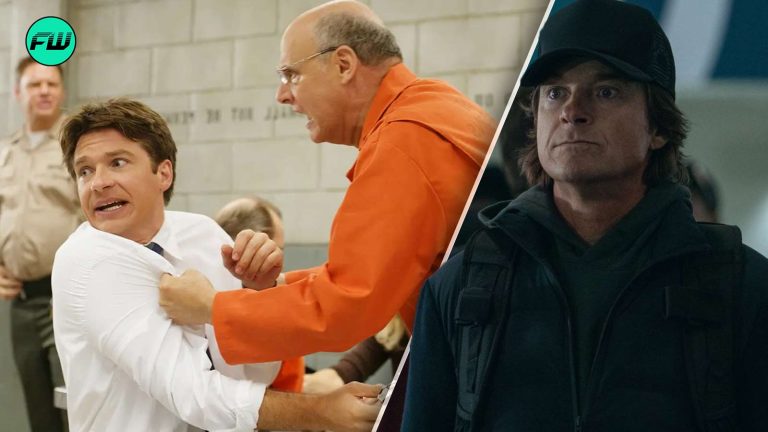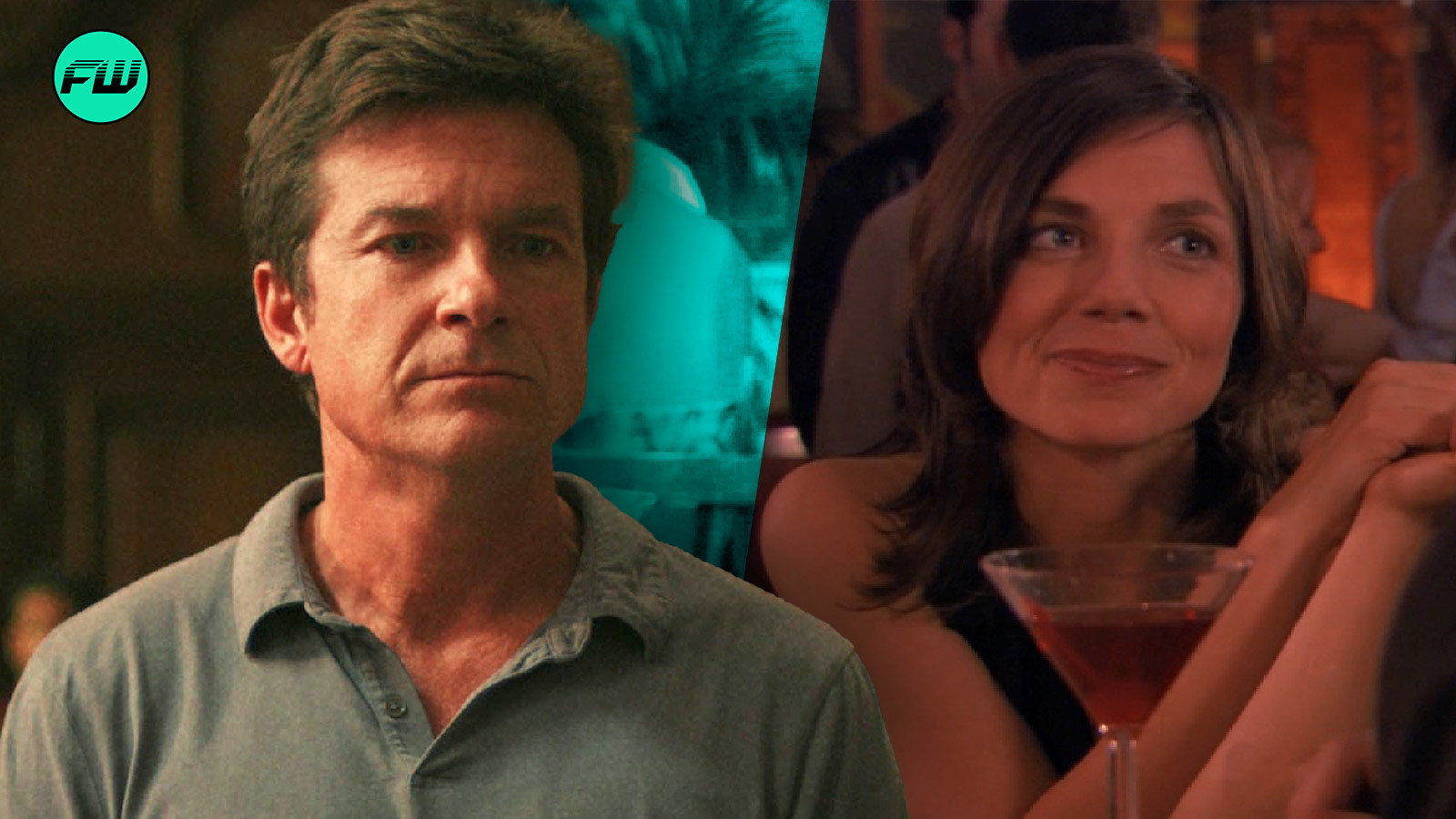
While the Bateman brother-sister both found early success, being child stars wasn’t always the dream life it seemed. Fame came fast, and with it, the pressures of working in the industry as kids. At 16, Justine got her big break when she landed the role of Mallory Keaton on Family Ties, starring alongside Michael J. Fox.
Meanwhile, Jason started even younger as James Cooper Ingalls on Little House on the Prairie at just 10 years old.
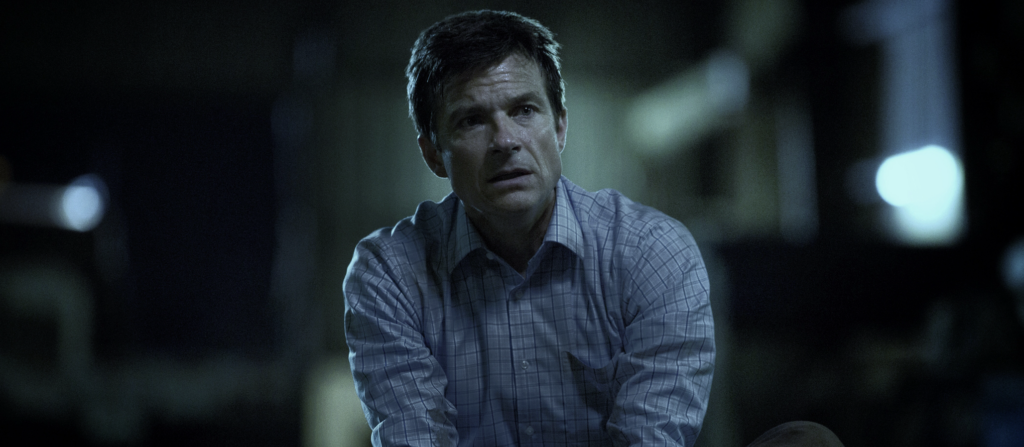
If you’ve ever watched Arrested Development or Family Ties, you’ve likely wondered – are Jason Bateman and Justine Bateman twins? They’ve got the same last name and strikingly similar looks. Both also found fame in Hollywood as kids, so it is an easy mistake to make. There is, nevertheless, a short and sweet answer.
Not twins, but definitely siblings
No, Jason and Justine Bateman are not twins, though their closeness of birth years and careers might make it seem that way. Justine, the older of the two, was born on February 19, 1966, while Jason arrived a few lears later on January 14, 1969, making them three years apart.
Growing up, the Bateman siblings were raised in a showbiz leaning family. Kent, their father, was an indie writer, director, and producer, while their mother, Victoria, worked as a flight attendant. Jason and Justine’s experiences as child actors, to be fair, were relatively different, and the Batemans didn’t always have the traditional sibling relationship.
Are Jason and Justine Bateman close?
Sibling relationships, like any, are nuanced, and for Jason and Justine, things don’t seem to be much different. While they don’t appear to have any public feuds, neither of them talks about their relationship often.
Back in 1985, however, when one of Jason’s shows had just been canceled, they were asked on CBS News Nightwatch if there was any animosity between them. Justine quickly shut it down, saying, “Gosh, he’s gonna go do lots of movies.” In another interview, they laughed about their childhood. (Jason wasn’t great at deceiving their parents when they went out of town.)
They don’t see each other as much now. Some fans have speculated that political differences might also play a role. On WTF with Marc Maron in 2015, Jason, nevertheless, described their relationship as “healthy” but admitted they weren’t in constant contact, even though Justine lived just a mile away. “I could be a better uncle, brother, son, Marc.”
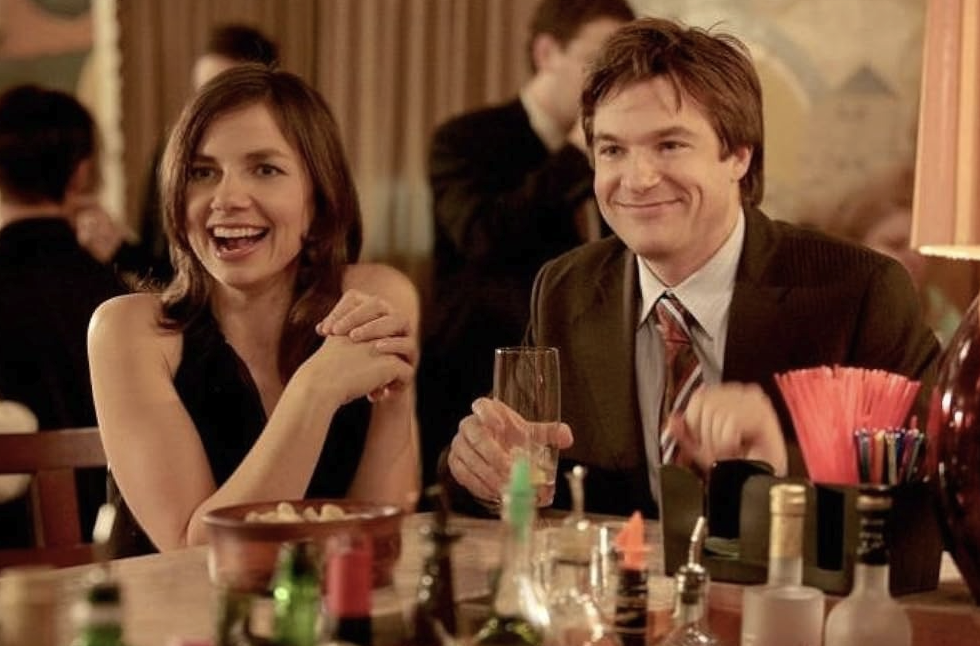
He also joked about the nature of their relationship in a 2016 Wired interview, saying that they weren’t actually related. Meanwhile, in Arrested Development, Justine made a guest appearance, playing an exaggerated version of herself, which shows that, at the very least, they can have some fun.
Justine and Jason Bateman on growing up in Hollywood
Being a child star might sound pretty glamorous, but this is Hollywood. For Jason and Justine, it came with its own set of challenges. The family relied heavily on their acting income, which placed extra pressure on both of them to maintain their careers. Jason has opened up about the financial responsibility he felt.
On Conan O’Brien Needs a Friend, he recalled his anxiety about staying employed in such an unpredictable business. Starting at 10, Bateman landed roles in Little House on the Prairie, Silver Spoons, and The Hogan Family. His parents, who were his managers, made more money off his career than from their regular jobs. “Fifteen percent of what I was making ended up being more than what they were making in their careers,” he explained.
If that wasn’t enough pressure already, his work permit depended on keeping at least a C average in school. “If I fail my midterm, I don’t get my work permit, which means I’m kicked off the show, which means everyone loses their job, we lose our house.”
By the time The Hogan Family ended in 1991, Bateman was burned out. He stepped back from working to, as he put it, “catch up with all these inabilities I had as a kid… I wanted to get the wiggles out.”
But when he was ready to return to acting, it wasn’t easy. In a 2022 interview with The Guardian, he admitted that Hollywood had basically moved on without him. “Having thought, ‘This is really fun,’ and staying at the party a little bit too long, I’d lost my place in line in the business,” he said.
It wasn’t until Arrested Development in 2003 that he finally got his “reset button” – but before that, in one instance, he seriously considered taking his savings, picking a city off the LAX departures board, and just disappearing.
Justine Bateman’s break from acting was, however, different. While she’s popped up in roles over the years, she’s explored a ton of different interests, including directing, writing, and even studying computer science. She has, nevertheless, expressed that she has no regrets about leaving acting behind.
In one instance, Bateman once Googled herself and saw “looks old” pop up. She was in her early 40s then (57 now), and while it bugged her at first, it also got her thinking – why did she care? That self-reflection led to her books Fame: The Hijacking of Reality and Face: One Square Foot of Skin.
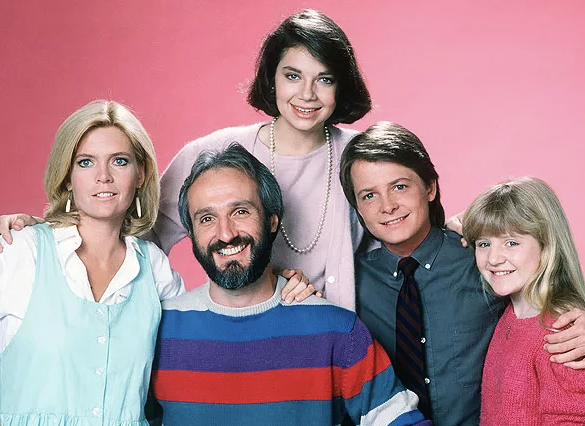
She chose to age naturally, refusing plastic surgery or Botox, which, in Hollywood, is pretty rare. “A lot of women don’t realize they can opt out,” she told AARP. “That fear already existed before your face changed,” she says. “So, deal with that fear. What are you afraid of?”
Where are they now?
Jason Bateman gained widespread recognition for his role in Arrested Development, then for films like Horrible Bosses and Game Night, and won critical acclaim for his performance in Netflix’s Ozark. Bateman is currently set to star in the streaming platform’s upcoming limited series Black Rabbit, with Laura Linney, Ben Semanoff, and Justin Kurzel all signing on to direct multiple episodes.
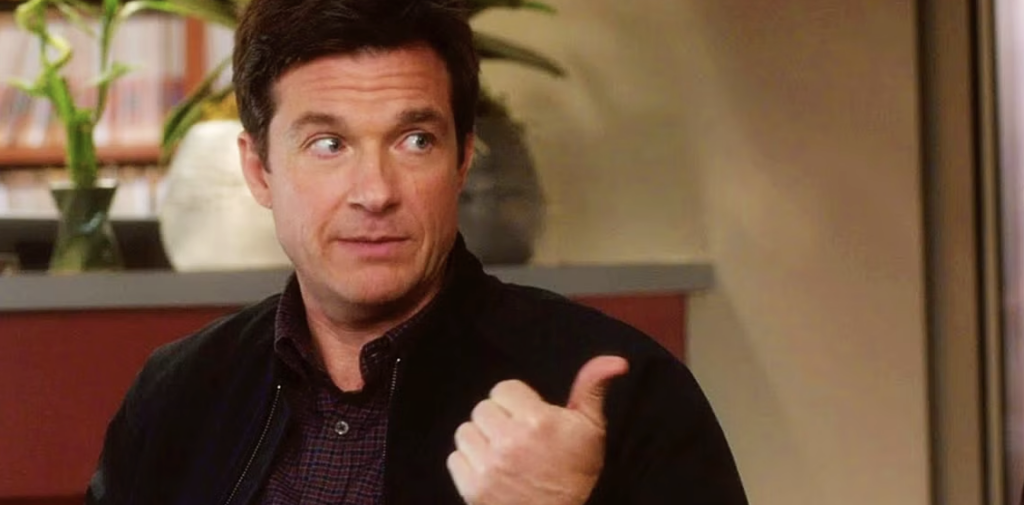
The show, announced in March, reunites Linney and Jason Bateman, who played Wendy and Marty Byrde in Ozark. Jude Law also stars, and the series marks another collaboration between Law, Kurzel, and co-creator Zach Baylin, who worked together on the upcoming true crime film The Order.
Black Rabbit follows a New York City nightclub owner (Law) who lets his troubled brother (Bateman) back into his life, only to realize he’s invited stuff that could destroy everything he’s built.
Bateman will direct the first two episodes, Linney takes on episodes three and four, Semanoff will handle five and six, and Kurzel will wrap things up with seven and eight. The show is written and executive produced by Baylin and Kate Susman (Youngblood Pictures), with Bateman and Michael Costigan producing through Aggregate Films.
Justine Bateman, on the other hand, has since directed the film Violet in 2021, written a few books, and has been sounding the alarm on AI’s impact on creatives. She also recently launched the CREDO 23 Film Festival – a no-AI-allowed event, which ran from March 28-30 at the American Legion Post 43 in Hollywood.
“With studios, streamers, and now even film festivals embracing AI, it was time for CREDO 23,” Bateman told Deadline, calling it a “tunnel for human artists” in an industry increasingly reliant on AI. Profits from the fest will go straight to grants for filmmakers. “We support creativity, not conformity,” the organizers say.
Bateman has been pretty vocal about AI’s risks, especially during the SAG-AFTRA strike. “If you don’t get control of what [AI] can do without you… you’ve given them the front key to the house,” she warned last year.
The festival’s advisory council includes big names like Juliette Lewis, Mad Men’s Matt Weiner, and Handmaid’s Tale director Reed Morano. They’re also launching the CREDO 23 VFX stamp for films with no AI, minimal CGI, and all-union crews.
And no, they’re not twins.
This post belongs to FandomWire and first appeared on FandomWire
